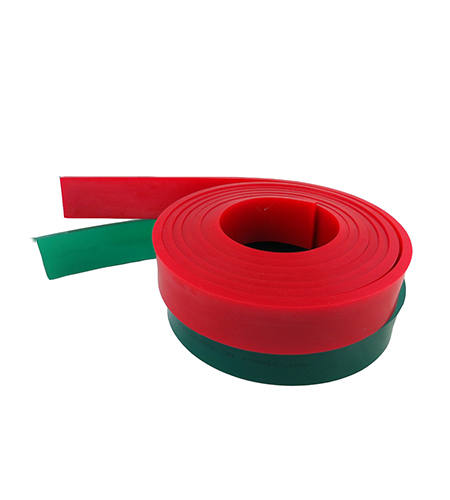6. Publishing
After selecting the above materials, coat the photosensitive adhesive in the dark room; it is required to be uniform and then dry, and it is generally required to be coated twice. The printing requires exposure on a cold light source printing machine, and the exposure time should be determined according to the pattern, generally between 12 and 30 minutes. After exposure and development, the screen printing screen is prepared.
7. Printing
There are several types of flat glass printing machines: manual, semi-automatic and fully automatic. Manual presses are suitable for small batches and small specifications of flat glass. Semi-automatic and full-automatic printing machines are suitable for large-volume, large-scale multi-color printing, and have the advantages of being accurate and fast. The largest semi-automatic printing press can print glass with a size of 2000×1500mm. Fully automatic printing machines are generally used for the printing of automobile windshields, and there are several foreign companies that can provide such equipment.
8. Ink
Inorganic glass screen printing uses two kinds of inks, one is the inorganic pigment after grinding to reach a certain fineness. Adding acrylic resin, screen printing on the glass surface, it needs to be baked at high temperature (above 600 ℃) for 1-2 minutes, the ink layer and the glass surface layer are melted together, and the fastness is excellent. The heat-resistant temperature of this ink is above 600°C. However, because this screen printing process is expensive and complicated, it is rarely used in the screen printing industry.
The other is inorganic glass ink with polymer compound as binder. Both amino type and epoxy type need to be baked, and the domestic market is wide. The applied ink is baked at l300~l 400℃ for 30min after screen printing, and the heat resistance temperature of this ink is relatively low. However, the baking time is long, the fastness and hardness of the ink are good, and the brightness is also very good, and it can resist the corrosion of low-concentration electrolytes and solvents such as ethanol, acetone, benzene, and cyclohexanone.
9. Sintering
Glass is an amorphous inorganic material that softens as the temperature rises. When heated to the softening temperature of the glass, the glass will deform. The glass glaze is decorated on the surface of the glass through silk screen printing, and needs to be sintered at a high temperature to be consolidated on the glass surface, but the sintering temperature must be lower than the softening temperature of the decorated glass to ensure that the decorative glass is not deformed. Generally, the sintering temperature of glass glaze is not higher than 520 ℃, usually controlled at 480-520 ℃.
To improve the quality of decorative glass, it is inevitable to improve the grade of glaze. The sintering equipment includes flame furnace and resistance furnace. The resistance furnace is divided into vertical hanging type and horizontal roller type according to the hanging method of glass. The vertical hanging sintering furnace has the advantages of small sintering deformation and a yield of more than 95%, but the equipment is complex. If the horizontal roller type is not well adjusted, it is prone to large deformation and low yield. In addition, it is also feasible to use the horizontal tempering furnace to produce decorative glass, the grade of the product is improved, and the safety is also guaranteed,



